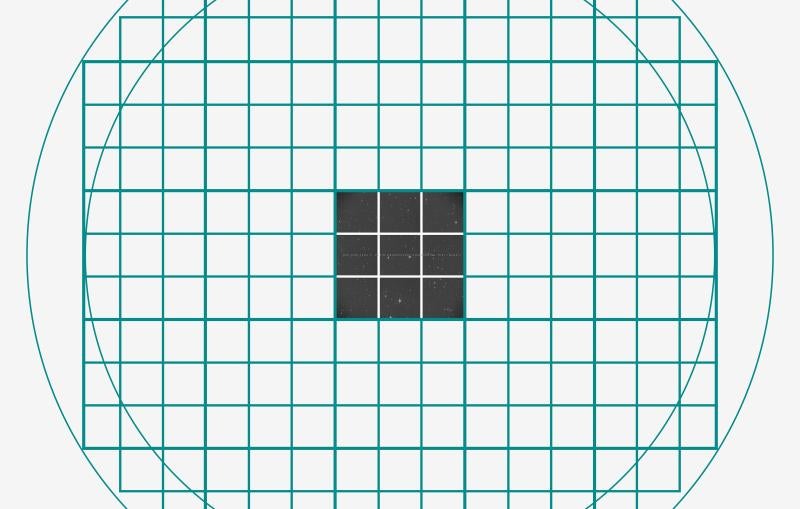Risa Wechsler named director of KIPAC
She’ll direct the future of astrophysics research at SLAC and Stanford for the next five years.
By Manuel Gnida
Risa Wechsler has been appointed director of the Kavli Institute for Particle Astrophysics and Cosmology (KIPAC), a joint institute of the Department of Energy’s SLAC National Accelerator Laboratory and Stanford University. On Sept. 15, she’ll take over from Tom Abel, whose five-year term at the helm of the institute is coming to an end.
KIPAC was founded in 2003 to explore new frontiers in astrophysics and cosmology. As a joint institute of SLAC and Stanford, it brings together experts in theory, computation, experiments and observations – the combined power needed to answer fundamental questions about the universe.
“KIPAC brought a completely new field of science to SLAC and Stanford,” says SLAC Director Chi-Chang Kao. “Tom’s leadership has been instrumental in raising the institution’s profile. Risa’s scientific excellence and experience will ensure KIPAC continues to grow and prosper.”
Wechsler, an associate professor of physics at Stanford and of particle physics and astrophysics at SLAC, joined KIPAC in 2006. She became the head of the institute’s theory group in 2009 and assistant director of scientific programs in 2013. From 2014 to 2018, Wechsler was co-spokesperson for the Dark Energy Spectroscopic Instrument Collaboration, and she has been chair of Stanford Physics Department’s Committee on Equity and Inclusion since 2016. In 2017, she was named a fellow of the American Physical Society.
"In addition to being a highly regarded and accomplished researcher committed to outstanding science, Risa understands how the close partnership between Stanford and SLAC benefits both research and education in astrophysics and cosmology. She also recognizes the importance of supporting young talent in these disciplines," says Ann Arvin, vice provost and dean of research at Stanford. "KIPAC will thrive as a world-class research institute for the study of astrophysics and cosmology under her leadership."
Wechsler says, “This is an exciting time to be guiding KIPAC’s future. We have a number of incredible research programs that will start taking data in the next five years. Those projects have been incubating for a long time, and soon we’ll see the fruit of those many years of hard work. I’m also looking forward to broadening the scope of the astrophysics we do. New windows are opening on many aspects of the cosmos, from exoplanets to gravitational waves to galaxies farther away than any we’ve seen before, and they promise to greatly enrich our understanding of the universe over the next decade.”
Wechsler, whose own research focuses on galaxy formation and cosmology using a combination of large simulations and galaxy surveys, hopes to strengthen connections with other academic units across the SLAC and Stanford campuses and leverage opportunities in data science, Earth science, engineering, and other areas. She points out that it’s the people who make KIPAC what it is: “It has been a wonderful environment for young, exceptional scientists, and I believe we can make that environment even better.”
She’ll be the third KIPAC director, following Abel and Roger Blandford, the institute’s founding director.
“Risa will be great for KIPAC,” says Abel. “She knows it inside out and has been integral to making it what it is today. Her leadership will provide an exciting future and will help making KIPAC an even more fun and productive place to do research.”
Contact
For questions or comments, contact the SLAC Office of Communications at communications@slac.stanford.edu.
SLAC is a multi-program laboratory exploring frontier questions in photon science, astrophysics, particle physics and accelerator research. Located in Menlo Park, Calif., SLAC is operated by Stanford University for the U.S. Department of Energy's Office of Science.
SLAC National Accelerator Laboratory is supported by the Office of Science of the U.S. Department of Energy. The Office of Science is the single largest supporter of basic research in the physical sciences in the United States, and is working to address some of the most pressing challenges of our time. For more information, please visit science.energy.gov.






